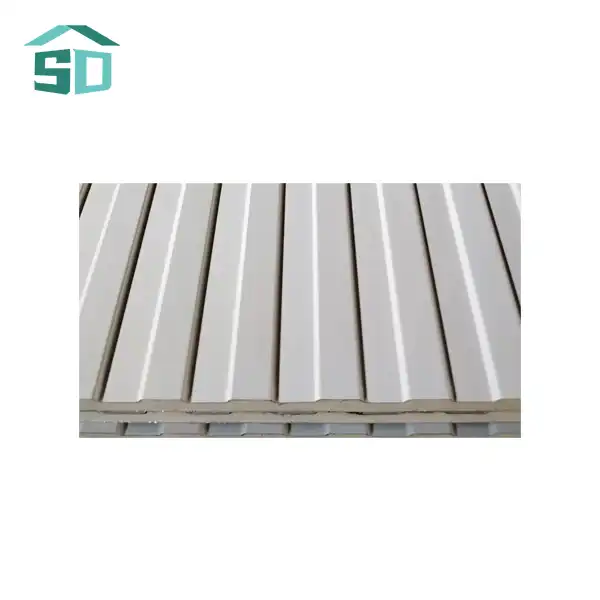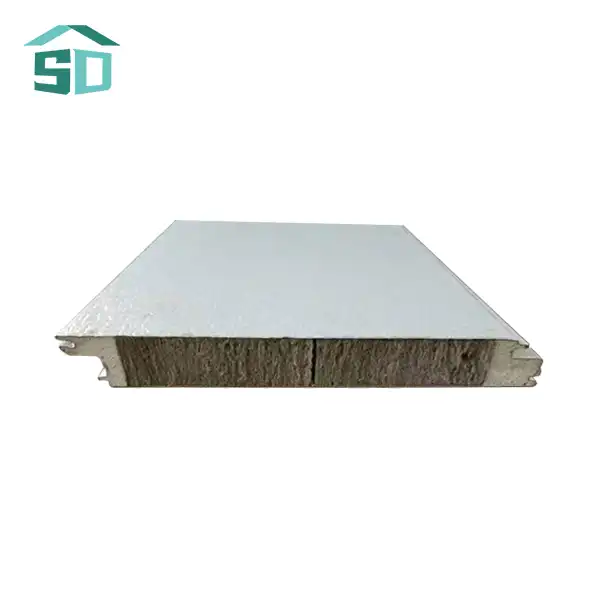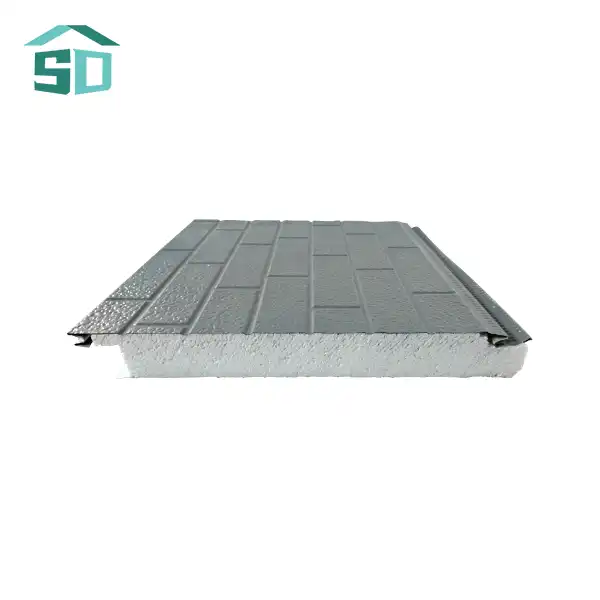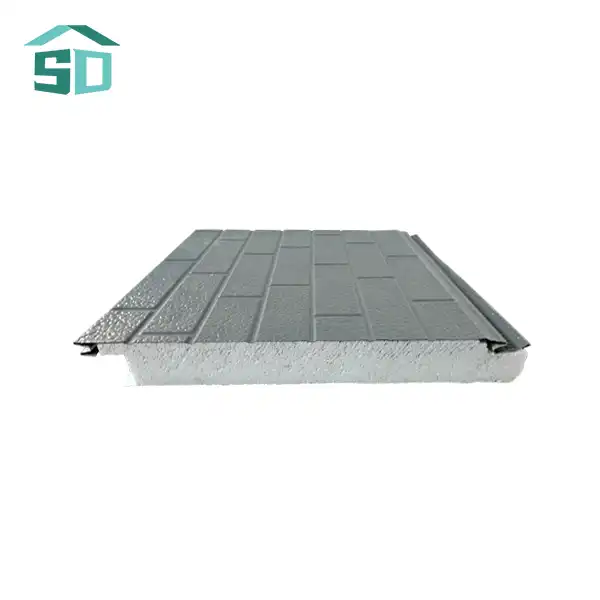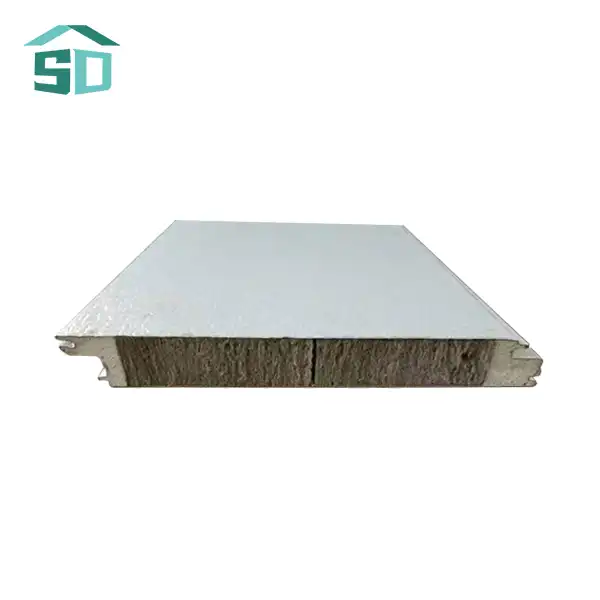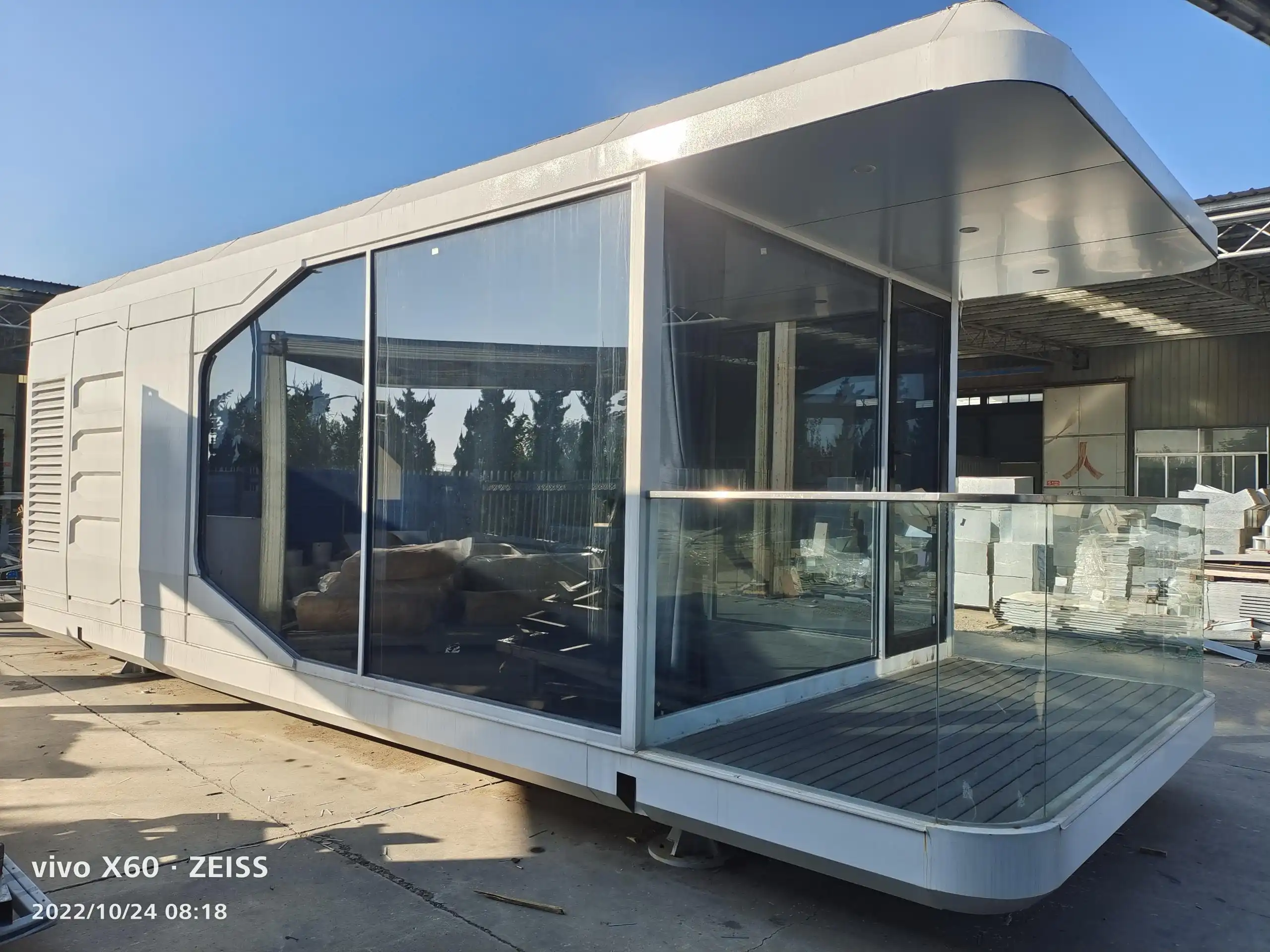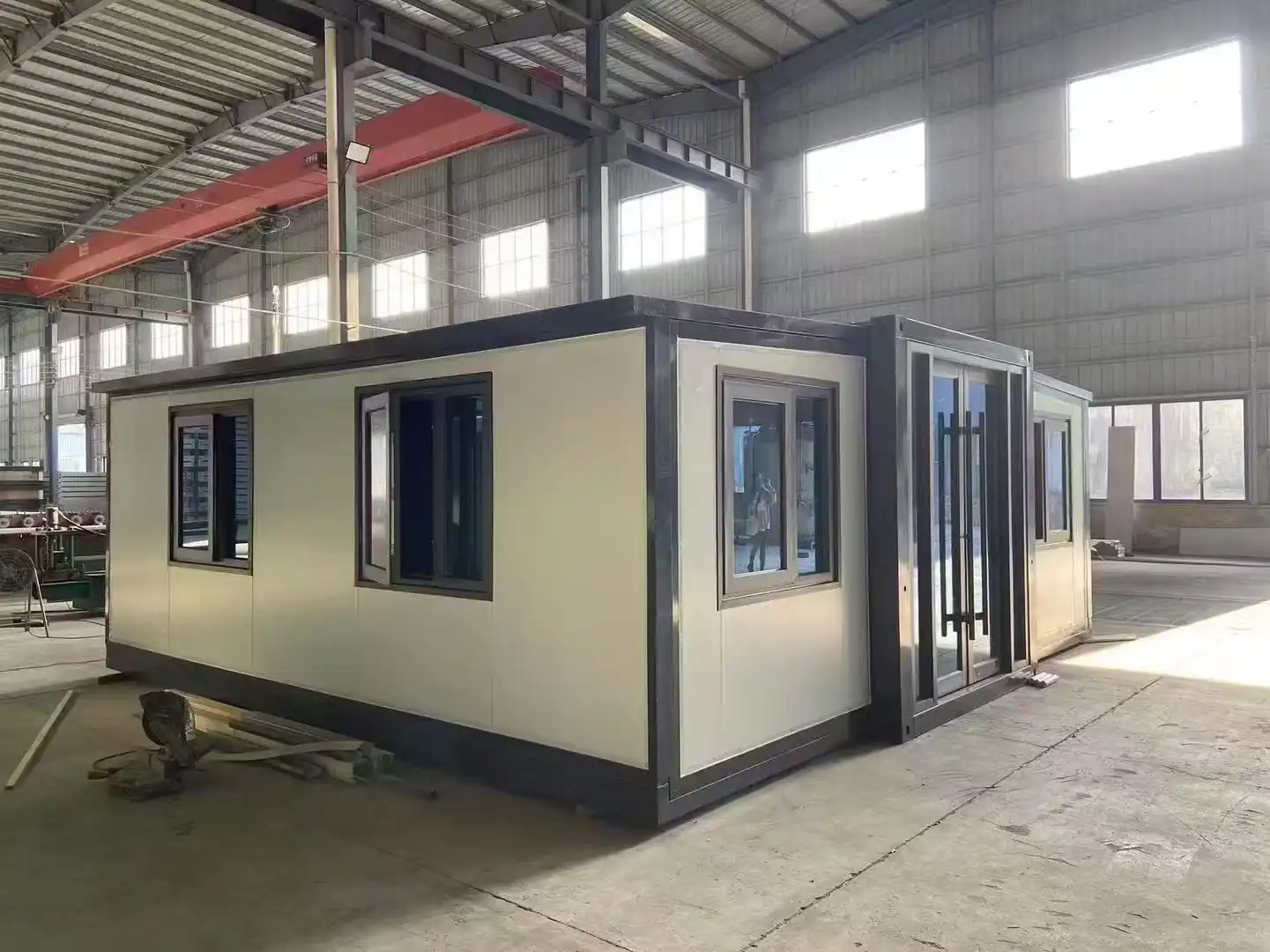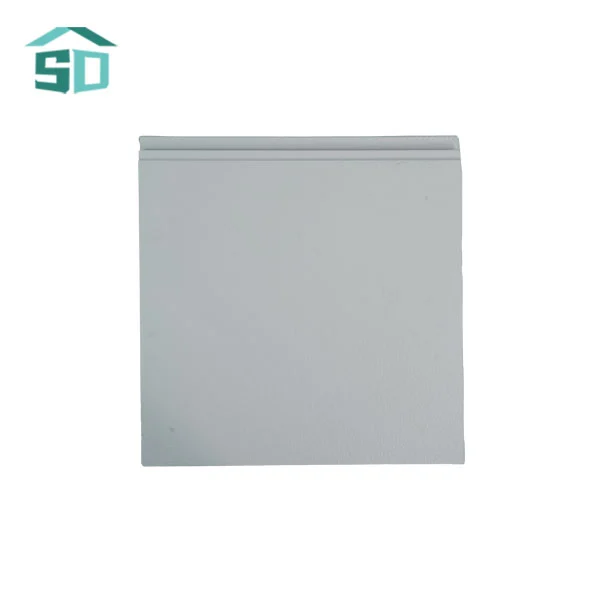Comprehending Thermal Wall Panels: A Sustainable Building Solution
Thermal wall panels represent a cutting-edge approach to building insulation and energy efficiency. These panels are engineered to provide exceptional thermal performance, effectively minimizing heat transfer between the interior and exterior of a building. At their core, thermal wall panels typically consist of a high-quality insulating material sandwiched between two layers of durable, weather-resistant material such as steel, aluminum, or stainless steel.
The insulation core, often made of polyurethane or rock wool, is the key to the panels' remarkable thermal properties. These materials boast impressive R-values, a measure of thermal resistance, ensuring that buildings maintain comfortable interior temperatures with minimal energy expenditure. The outer layers not only protect the insulation but also offer a wide range of aesthetic options, allowing for customization to suit various architectural styles.
Key Components and Materials
Thermal wall panels are composed of several essential components that contribute to their overall performance:
1.Exterior Facing:Typically made of steel, aluminum, or stainless steel, this layer provides durability and weather resistance.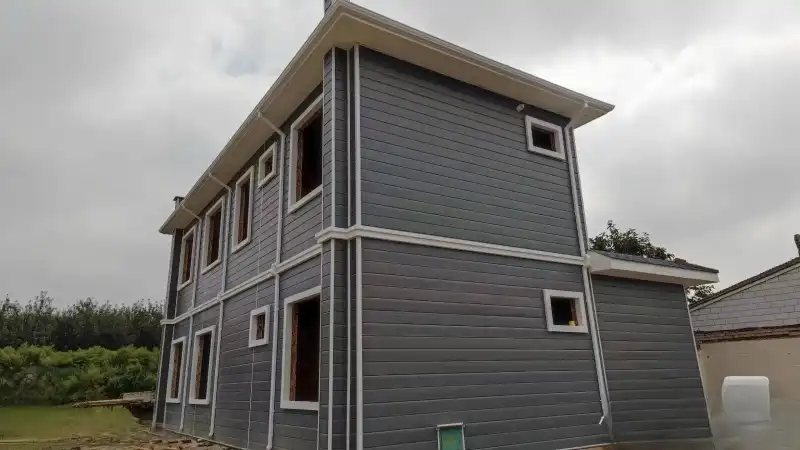
2.Insulation Core:Materials like polyurethane or rock wool offer superior thermal insulation properties.
3.Interior Facing:Similar to the exterior, this layer adds structural integrity and can be finished to suit interior design preferences.
4.Joining Systems:Engineered connections ensure a tight fit between panels, minimizing thermal bridges.
These components work in harmony to create a highly efficient building envelope that significantly reduces energy consumption for heating and cooling.
Environmental Benefits of Thermal Wall Panels
The adoption of thermal wall panels in construction projects yields numerous environmental benefits:
1.Energy Efficiency:By providing superior insulation, these panels reduce the energy required for temperature regulation.
2.Carbon Footprint Reduction:Lower energy consumption translates to reduced greenhouse gas emissions.
3.Sustainable Materials:Many thermal wall panels are made from recyclable materials, contributing to circular economy principles.
4.Longevity:The durability of these panels means less frequent replacements, reducing waste over time.
5.Improved Indoor Air Quality:Proper insulation helps control moisture, reducing the risk of mold and improving overall air quality.
These environmental advantages make thermal wall panels an attractive option for projects aiming for green building certifications such as LEED or BREEAM.
Advancements in Thermal Wall Panel Technology
The field of thermal wall panel technology is rapidly evolving, with ongoing innovations enhancing their performance and versatility. Recent advancements have focused on improving insulation properties, fire resistance, and overall sustainability.
Enhanced Insulation Materials
Researchers and manufacturers are continually developing new insulation materials to improve the thermal performance of wall panels. Some notable innovations include:
- Aerogel Insulation: Ultra-light and highly effective, aerogel-based insulation offers exceptional thermal resistance in a thin profile.
- Phase Change Materials (PCMs): These materials can absorb and release thermal energy, helping to regulate indoor temperatures more effectively.
- Vacuum Insulated Panels (VIPs): Although currently more expensive, VIPs provide superior insulation in a compact form, ideal for space-constrained projects.
These advanced materials are pushing the boundaries of what's possible in thermal insulation, allowing for thinner panels without compromising performance.
Smart Integration and Monitoring
The integration of smart technologies into thermal wall panels is opening up new possibilities for energy management and building performance optimization:
- Embedded Sensors: Panels equipped with temperature and humidity sensors can provide real-time data on building envelope performance.
- Smart Controls: Integration with building management systems allows for automated adjustments to HVAC systems based on panel performance.
- Energy Harvesting: Some innovative panels incorporate photovoltaic elements, turning walls into energy-generating surfaces.
These smart features not only enhance the efficiency of thermal wall panels but also contribute to the overall intelligence of buildings, paving the way for more responsive and adaptive structures.
Improved Fire Safety and Durability
Advancements in material science have led to significant improvements in the fire resistance and overall durability of thermal wall panels:
- Fire-Resistant Cores: New formulations of insulation materials offer enhanced fire resistance without the use of harmful flame retardants.
- Self-Healing Coatings: Innovative surface treatments can repair minor damage, extending the lifespan of panels.
- Impact-Resistant Facings: Advanced composite materials provide improved resistance to impacts and extreme weather conditions.
These improvements address critical safety concerns and enhance the long-term performance of thermal wall panels in various environmental conditions.
Implementation Challenges and Future Outlook
While thermal wall panels offer numerous benefits, their widespread adoption faces several challenges. Understanding these obstacles and the potential solutions is crucial for the continued growth of this technology in sustainable construction.
Current Implementation Challenges
Despite their advantages, thermal wall panels face several hurdles in widespread adoption:
- Initial Costs: The upfront investment for high-quality thermal panels can be higher than traditional building materials.
- Installation Expertise: Proper installation requires specialized knowledge to ensure optimal performance and avoid issues like thermal bridging.
- Regulatory Hurdles: Building codes and standards in some regions may not yet fully accommodate innovative panel designs.
- Aesthetic Limitations: While improving, the range of finishes and textures available may not satisfy all architectural visions.
- Retrofit Complexity: Integrating thermal panels into existing structures can be challenging and may require significant modifications.
Addressing these challenges is crucial for increasing the adoption of thermal wall panels in diverse construction projects.
Overcoming Barriers to Adoption
Industry leaders and researchers are actively working to address the challenges facing thermal wall panel adoption:
- Education and Training: Increased focus on educating architects, builders, and installers about the benefits and proper use of thermal panels.
- Cost Reduction Strategies: Ongoing efforts to streamline production processes and develop more cost-effective materials.
- Regulatory Advocacy: Collaboration with policymakers to update building codes and standards to accommodate innovative panel technologies.
- Design Flexibility: Development of new finishes and customization options to meet diverse architectural requirements.
- Retrofit Solutions: Innovation in panel designs specifically tailored for renovation projects.
These initiatives aim to make thermal wall panels a more accessible and attractive option for a wider range of construction projects.
Future Trends and Innovations
The future of thermal wall panels looks promising, with several exciting trends on the horizon:
- Biobased Materials: Incorporation of sustainable, plant-based insulation materials to further reduce environmental impact.
- Adaptive Panels: Development of panels that can dynamically adjust their thermal properties based on environmental conditions.
- 3D Printed Panels: Exploration of additive manufacturing techniques to create custom, highly efficient panel designs.
- Integration with Renewable Energy: Enhanced incorporation of solar and other renewable energy technologies directly into panel systems.
- AI-Driven Optimization: Use of artificial intelligence to optimize panel design and performance for specific climates and building types.
These emerging trends suggest that thermal wall panels will continue to play a significant role in shaping the future of sustainable construction.
Conclusion
The rise of thermal wall panels in sustainable construction marks a significant step forward in our pursuit of energy-efficient and environmentally responsible buildings. As we've explored, these innovative panels offer a compelling combination of superior insulation, durability, and design flexibility. Their ability to dramatically reduce energy consumption while enhancing building comfort and longevity positions them as a key technology in the fight against climate change and resource depletion.
While challenges remain, ongoing advancements in materials, manufacturing processes, and integration strategies are continually improving the viability and attractiveness of thermal wall panels. As the construction industry increasingly prioritizes sustainability, we can expect to see these panels become a standard feature in both new builds and retrofits across various sectors.
For those interested in learning more about how thermal wall panels can benefit their construction projects, we invite you to reach out to our team of experts at Weifang Sandong Building Materials Co., Ltd. Contact us at info@sdqsc.com for personalized advice and solutions tailored to your specific needs.
FAQ
What are the main advantages of using thermal wall panels in construction?
Thermal wall panels offer superior insulation, energy efficiency, durability, and design flexibility. They help reduce energy costs, minimize carbon footprints, and enhance overall building performance.
How do thermal wall panels contribute to sustainable construction?
These panels contribute to sustainability by improving energy efficiency, reducing carbon emissions, using recyclable materials, and enhancing building longevity, thus minimizing waste over time.
Are thermal wall panels suitable for both new constructions and renovations?
Yes, thermal wall panels can be used in both new constructions and renovation projects, although retrofitting existing structures may require additional considerations and modifications.
References
1.U.S. Department of Energy. (2021). "Building Envelope." Energy.gov.
2.International Energy Agency. (2022). "Buildings: A source of enormous untapped efficiency potential." IEA.org.
3.World Green Building Council. (2022). "The Net Zero Carbon Buildings Commitment." WorldGBC.org.
4.American Society of Heating, Refrigerating and Air-Conditioning Engineers. (2021). "ASHRAE Handbook—Fundamentals." ASHRAE.org.
5.Building Science Corporation. (2022). "High R-Value Wall Assembly." BuildingScience.com.
